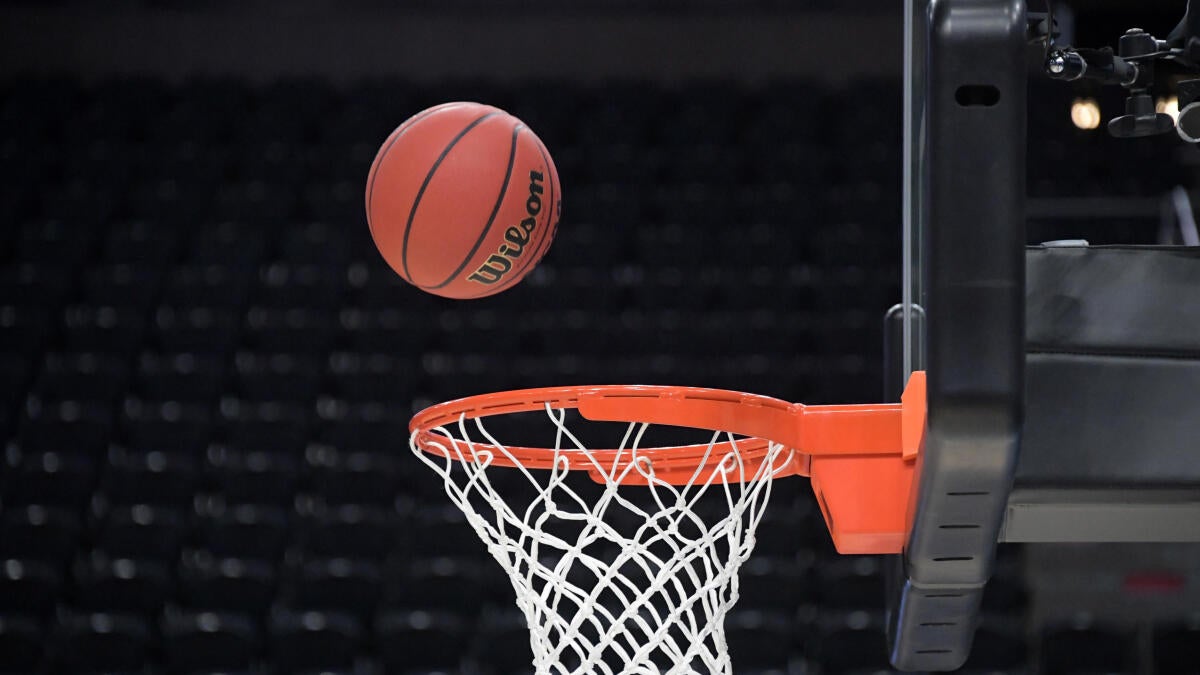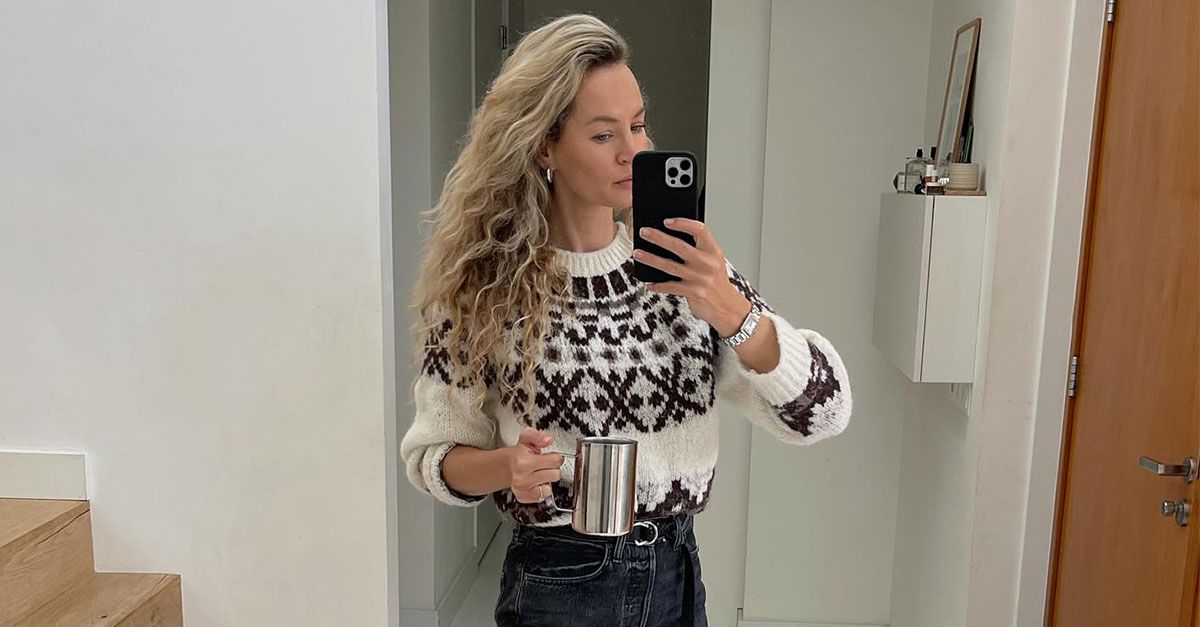Sports
Why Conversations About Caitlin Clark, Angel Reese, And WNBA Physicality Should Be Led By Women’s Sports Analysts

INDIANAPOLIS, INDIANA – JUNE 01: Angel Reese #5 of the Chicago Sky looks on against the Indiana … [+]
We’re three weeks into the 2024 WNBA season and sports media pundits, who traditionally cover men’s sports, are struggling to appropriately and effectively cover women’s basketball. Over the past few weeks, many of the major storylines discussed in traditional sports media have focused on player behavior and controversies rather than on the court play and team strategy.
This is largely due to decades of undervaluing women’s sports and few high-profile women’s sports media analysts.
Current media trends in WNBA coverage suggest that the only reality worse than no coverage is the increased emergence of inaccurate, divisive, and misogynistic reporting at the hands of media professionals with little or no experience within women’s sports. On the one hand, there’s intense scrutiny of the behavior of women athletes, such as the on-court playing styles of Caitlin Clark and Angel Reese. This is neither surprising nor new; women athletes have long been held to a different standard than their men counterparts regarding in-game mannerisms and aggressive playing styles. However, what is startling is the intense focus on diminishing and critiquing the appropriateness of newly developed player and team rivalries.
INDIANAPOLIS, INDIANA – MAY 16: Caitlin Clark #22 of the Indiana Fever argues with a referee in the … [+]
Professional sports are a form of entertainment, with rivalries and in-game intensity sparking engagement and enhancing the overall entertainment value. Yet, women athletes and teams often face criticism for their competitive fervor in these rivalries as if they are not permitted to engage in the same competitive dynamics that drive interest in men’s sports. As a result, women athletes and teams continue to be constrained by outdated gender norms that hinder the growth potential of women’s sports. They do not need protection from physicality, intense rivalries, or dominant playing styles. However, media professionals inexperienced in covering women’s sports struggle to overcome their implicit biases, which wrongly suggest that women require such protection and policing.
Women Athletes Are Not Damsels In Distress
Much of the recent media coverage has focused on protecting a specific woman athlete, Caitlin Clark. They say her opponents are being too physical and aggressive toward her. These biased and reactionary sentiments feed directly into the harmful notion that women athletes are weaker than their men counterparts and simultaneously cannot handle the stereotypical masculine nature of sport. Through commentary that seeks to protect these elite athletes, media professionals with little experience covering women’s sport and the culture of play, are feeding directly into a sustained infantilization of women athletes.
The infantilization of women athletes in media coverage is a pervasive issue rooted in deeply ingrained gender biases and misogynist cultural norms. This phenomenon serves to undermine the professional accomplishments of women athletes, diminishing their competence and maturity. Infantilization, a specific form of objectification, often appears through belittling language and a preference for less physical, less aggressive styles of play, as well as submissive mannerisms and behaviors. For example, it has been well-established through previous research that media coverage often refers to women athletes as “girls” regardless of their age, while their men counterparts are referred to as “men.” This linguistic choice subtly diminishes the athletes’ professional status, framing them as less serious or mature.
CHICAGO, ILLINOIS – AUGUST 31: Alyssa Thomas #25 of the Connecticut Sun and Courtney Vandersloot #22 … [+]
Gender Roles And Media Representation
Societal expectations about appropriate behaviors for men and women shape individual behaviors and perceptions across social spaces, including sports. In sports media, these expectations result in a dichotomous portrayal where men are depicted as strong, passionate, competitive, and professional, while women are portrayed as emotional, irrational, weak, and less serious about their sport.
Misogynist cultural norms further exacerbate the infantilization of women athletes by perpetuating the belief that women are inherently less capable than men. This is evident in the consistent questioning of women’s sports’ legitimacy and comparisons of women athletes’ abilities and performances to their men counterparts, marking men’s sport as the benchmark. Outside of basketball, in sports such as gymnastics and figure skating, women athletes are typically described in ways that emphasize their grace and appearance rather than their athletic prowess. This further exemplifies a broader cultural tendency to value women for their appearance and compliance with traditional feminine roles.
CHICAGO, IL – JUNE 04: Sabrina Ionescu #20 of the New York Liberty and Chennedy Carter #7 of the … [+]
Impact On Women’s Sports
Women athletes are not damsels in distress needing sports media pundits to shield them from the physicality of professional sports. This infantilization undermines their credibility and hampers their ability to grow the game and earn additional income from their playing ability and entertainment value. Biased portrayals and descriptions make it harder for women athletes to be taken seriously by sponsors, fans, and the media, which can lead to fewer endorsement opportunities and lower levels of quality media coverage. As a result, these actions serve to perpetuate the cycle of underrepresentation and undervaluation in women’s sports.










